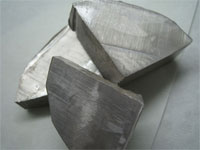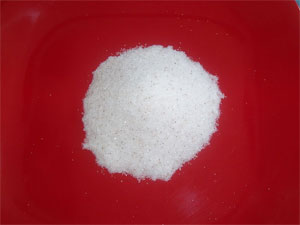- soft
- solid
- silvery-white in color
- highly reactive

- gaseous
- green-yellow in color
- extremely poisonous
- reactive with many compounds containing hydrogen

When a chemical reaction takes place, a new substance is formed. This new substance has different properties than the original substances.
Let's look at an example. Table salt is also known as sodium chloride (NaCl). As you can see from the chemical formula, it is made up of sodium and chlorine. The table below shows the properties of sodium and chlorine.
Properties of Sodium |
Properties of Chlorine |
||
|
 |
|
 |
![]() Watch this video to see what happened when sodium and chlorine combine.
Watch this video to see what happened when sodium and chlorine combine.
Source: Chemistry experiment 27 - Reaction between sodium metal and chlorine gas, koen2all, YouTube
When sodium and chlorine combine, they form salt. Use your notes to list the properties of salt. Explain how the properties of salt are different from sodium and chlorine.

Sources of images used for this section as they appear, top to bottom: